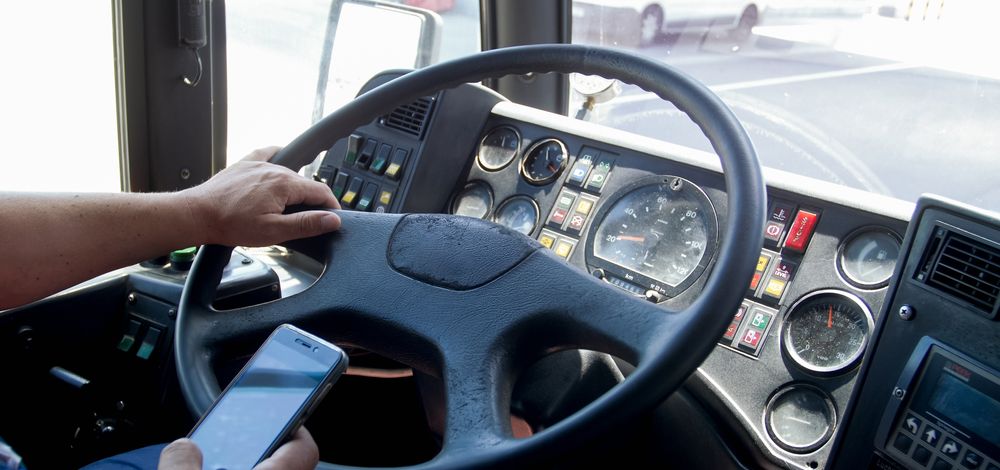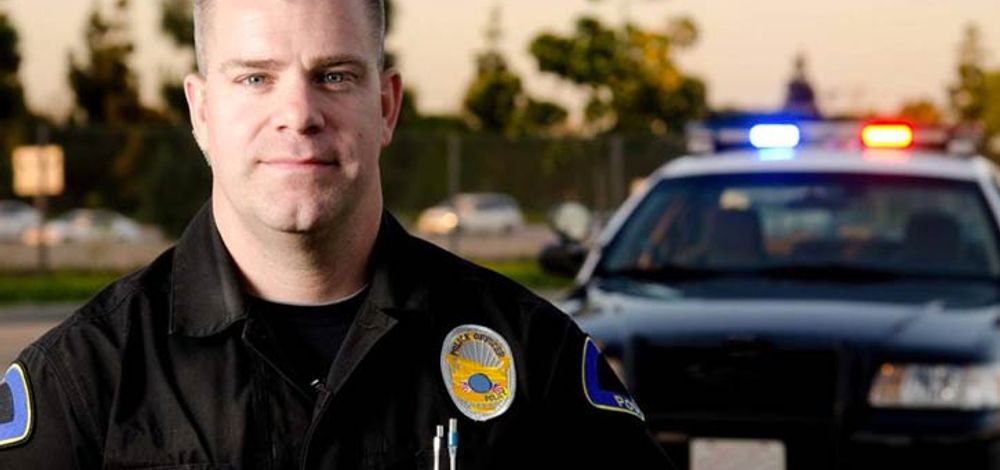
Emergency medical service (EMS) drivers face a unique set of safety challenges on the road while performing their job duties. Their choices behind the wheel affect not just them and other road users, but also the people being transported, who may be experiencing a medical emergency. The nature of a medical emergency is often high-stress and urgent, which can lead to higher risk of driving incidents. Emergency drivers may be fatigued due to long or stressful shifts and may be more inclined to speed or employ other risky driving practices.
Safety by the Numbers
According to the National Safety Council, 198 people died in crashes involving emergency vehicles in 2021. The fatalities included occupants of other vehicles and pedestrians as well as emergency vehicle drivers and their passengers. The majority of these deaths (72%) occurred in multi-vehicle crashes. 135 were from crashes involving police vehicles, followed by 39 involving ambulances, and 24 involving fire trucks.
One of the biggest safety concerns for emergency service drivers is fatigue. Firefighters, police officers, and EMTs often work long shifts and are frequently called out in the middle of the night, leading to sleep deprivation and exhaustion. The NHTSA estimates that in 2017, 91,000 crashes involved drowsy drivers. While there are several measures drivers and their employers can take to combat this issue – including implementing fatigue management policies that mandate regular rest breaks and scheduling adjustments to ensure drivers are well-rested before getting behind the wheel – no solution is foolproof.
Stressed Out
Stress is another contributing factor to potentially risky driving. EMTs, firefighters, and police officers often encounter stressful situations while on duty that can take a toll on their mental and emotional well-being. A recent study published in the National Library of Medicine found that paramedics are at a high risk for developing posttraumatic stress disorders (PTSD), and the prevalence of PTSD is significantly higher among paramedics than the general population. To address this issue, organizations whose employees deal with higher amounts of stress on the job typically provide resources and support such as counseling services and mental health programs. However, these resources can often be limited or underutilized. One study found that EMS providers sometimes do not trust employee assistance programs enough to disclose their mental health issues, or avoid using resources for fear of being seen by their coworkers as being weak and in need of support.
Fatigue and stress mean that emergency drivers may employ unsafe driving including speeding, drifting out of lanes, and slower reaction times. This is also compounded by the fact that emergency drivers may be tasked with driving to and from unfamiliar locations, possibly during natural disasters or in otherwise adverse weather. These drivers must balance the need to respond quickly to emergencies with adherence to traffic laws and the safety of themselves and others on the road. ADAS and collision avoidance technology can provide an additional layer of support in helping emergency service drivers stay safe on the road.
ADAS Technology for Emergency Drivers
Mobileye 8 Connect™ systems give real-time alerts to drivers, including lane departure warnings, forward collision warnings, headway monitoring and warnings, pedestrian and cyclist collision warnings, and speed limit indicators. By alerting drivers to potential hazards on the road, Mobileye can help prevent accidents and reduce the risks associated with emergency driving.
Certain circumstances and behaviors lead to certain kinds of motor vehicle accidents. Speeding and aggressive driving may lead to different types of crashes than fatigue or drowsiness do. Each of Mobileye’s alerts may prevent different potential collisions. For instance, Mobileye's Lane Departure Warning (LDW) can help prevent accidents caused by fatigue, such as sideswiping another vehicle when drifting out of your lane. Similarly, the Forward Collision Warning (FCW) can help prevent accidents caused by speeding and dangerous driving practices. This warning alerts drivers when they are approaching a vehicle or obstacle too quickly, giving them essential time to slow down and potentially avoid a collision.
The role of emergency service drivers may be the difference between a life saved and a life lost, and getting to their destination as quickly as possible can be the deciding factor in that difference. While emergency drivers may follow slightly different rules than the average driver, there is no substitute for safety. By prioritizing driver safety and utilizing advanced technology, emergency service organizations can help ensure the safety of their drivers and the communities they serve.





